
Reviewing works that have already been extensively treated in writing can be quite challenging, as you will always have to relate to their previous reception, whether explicitly or indirectly. With regard to Ways of Seeing, it is currently quite impossible, for critics and audiences alike, to disregard the controversies surrounding the play, and all the absurd events and media reports following in the wake of its premiere at Black Box in Oslo on 21 November last year. The impact of the play has been so extraordinary that it can be seen as part of the work, but sadly the vast majority will base their opinions solely on context.
For those who may have missed out, here’s a recap: Having become aware of the play Ways of Seeing, in which the set design includes a screen showing footage of selected homes of more or less well-known Norwegian public figures, including then-Minister of Justice, Public Security, and Immigration Tor Mikkel Wara (Progress Party), Wara’s partner, Laila Anita Bertheussen, wrote a piece in the tabloid newspaper Verdens Gang stating that she felt the filming of the family’s house to be “a major invasion” of her private life. Later, she lodged police reports against the main cast of the play, Hanan Benammar and Sara Baban, as well as against director Pia Maria Roll and Black Box Theatre. During the winter, the minister’s property was repeatedly subjected to vandalism, including an attempt to set fire to the family’s car. The media worked on the assumption that the attacks were inspired by Ways of Seeing. Many were critical of the play’s use of imagery of politicians’ homes, including Prime Minister Erna Solberg (Conservative Party), who said that the artists “contribute to making it harder to be a politician.” The case took a dramatic turn on 14 March, when police security services charged Bertheussen with having set fire to the car herself. As a consequence of the charge against his partner, Wara stepped down as minister.
In the midst of all this drama, the work Ways of Seeing itself remains a big blind spot for most people, making it particularly timely that the piece is now being staged again in several places, enabling as many as possible to see it. During the performing arts festival Vårscenefest 2019 in Tromsø, the play was performed to a full house three times during the weekend of 4–5 May, and in the coming months it will be reprised in Bergen and Oslo.
As spectators, the one question we are forced to consider, specifically because of the raging media debate, is whether it is okay to show pictures of the homes of politicians and other public figures on stage. Having seen Ways of Seeing, I not only think that the play’s use of such imagery is entirely appropriate, but also that it works very well as a scenic and narrative technique. In its effort to map out the “networks that want to make Norway a more racist society,” as a much-discussed passage in the press release for the play says, Ways of Seeing singles out individuals and holds them accountable, especially editors and investors associated with anti-immigrant and Islamophobic online publications such as Resett, Rights, and Document, as well as prominent politicians from the Progress Party and their financial backers. It does so through references to specific examples and publicly available information. By showing footage of the houses belonging to the people addressed – as opposed to, say, their faces – the main focus falls on their socio-economic and demographic affiliations rather than on them as individuals. Only the people on stage, especially the two main performers, Hanan Benammar and Sara Baban, are presented with visible faces and personal stories.
Ways of Seeing follows the two young women on a journey through Oslo and its environs, as they speak about and demonstrate how they hide in the shrubbery outside the homes of the selected individuals. The play stages an experience of transgression as the women describe their intent to bring their bodies as close as possible to the places where their adversaries feel safest: their homes. However, as it turns out, “as close as possible” does not mean getting right up close; it does not mean actually entering the houses and confronting the people who live there. Even as the pair look in, they are also afraid to be seen themselves. The closest they get to actually meeting any of the residents is when they see the editor of Resett, Helge Lurås, naked, and their eyes meet for a few seconds. There is a certain power in seeing without being seen, but at the same time Hanan and Sara look out from a vulnerable position towards a protected and privileged world.

As their journey progresses, it becomes increasingly noticeable how all the homes they visit are far removed from the multicultural reality that their inhabitants attack: most of them live in villas with grounds ranging from the ordinary to the palatial; a few have expensive apartments, but all live in the posh areas of Oslo or affluent areas outside the city. As their houses are displayed, we begin to form a picture of the kind of Norway these people come from. The manner in which Ways of Seeing shows and describes the various properties – i.e. as a series of tableaux – can be seen in light of the way John Berger describes paintings in the book and television series from which the play borrowed its title. In Berger’s Ways of Seeing (1972), the images are grouped by motif, and he exhibits a pervasive interest in the class perspective – who sees and who is being seen, who the image is intended for – and the relationship between painting and property. For example, he writes about the portrayals of rich people’s estates, noting that the natural landscapes in the images are not accessible to just anyone. The sentence for poaching was deportation, states Berger in a comment on the eighteenth-century painter Thomas Gainsborough’s work Mr. and Mrs. Andrews (ca. 1750), showing a married couple and their private land.
The question of whether lurking outside people’s homes and filming them is a criminal offence is addressed directly in the play itself, when Sara repeatedly runs into the former Supreme Court Judge Ketil Lund, played by the judge himself, who often takes walks around his neighbourhood. According to Lund, it is not. Lund’s affable sense of humour makes him a source of comic relief, but he also contributes legal authority as well as his memories. He speaks about his work with the Lund Commission back in the 90s, when he headed the investigation into the Norwegian intelligence services’ illegal monitoring of left-wing radicals during the postwar period. Lund is critical of the current trend towards a more comprehensive and repressive surveillance regime based on the fear of terrorism; he sees it as part of a dismantling of the liberal rule of law in Norway.
Ways of Seeing is not just about racism in present-day Norway; it deals with colonialism, war, and the struggle for liberty too. On a more personal level, it is about sorrow and loss. As a French-Algerian, Hanan Benammar – who in recent years has emerged as an artist, curator, and activist in Oslo – brings with her the story of her father, Halim, from the Algerian War of Independence, and also speaks of her own experience of the rise of right-wing populism in France, originally led by the founder of Front National, Jean-Marie Le Pen, a lieutenant and torturer during the Algerian war. The party is now fronted by his daughter Marine under the name Rassemblement national, which Hanan notes could be translated as “Nasjonal samling” (the name of the Nazi-inspired Norwegian political party (1933–1945) which collaborated with the German occupation forces during World War II, headed by the infamous Vidkun Quisling). Shortly after Hanan arrived in Norway, a place she initially experienced as liberating, the terrorist Anders Behring Breivik attacked the Government Quarter and Utøya, and she realised that not everything is as it should be here either.
Norwegian-Kurdish actress Sara Baban, who fled Iraq in the 1980s, takes the Kurdish people’s experiences with her. The dire situation of the Kurds is one of the issues that has been largely drowned out by all the commotion about #waragate in Norwegian media. Representatives of the far right are not alone in having their houses filmed in Ways of Seeing: a visit is also paid to NATO secretary general and former prime minister of Norway representing the Labour Party, Jens Stoltenberg, because he has publicly defended Turkey’s bombing of Rojava in the Syrian part of Kurdistan. Similarly, Hanan and Sara visit a number of Norwegian military leaders because of their share in the responsibility for Norway’s participation in NATO’s warfare.

The only performer who doesn’t play themselves on stage is actor Ali Djabbary, who portrays Hanan’s late father, Halim. However, Djabbary does also state his true identity on stage, explaining that he is originally from Iran, not Algeria, and that being Iranian means that he can easily relate to Halim’s experience and the Algerian resistance, so in a sense he also speaks for himself. Halim’s ghost acts as a kind of protector for his daughter, but he also speaks about how the war influenced him. While Halim is engaged in the struggle against colonial power, Sara presents a monologue offering a vision of a better society. On a trip to Rojava, she became acquainted with a social political project launched by the locals and largely driven by women. She describes it as a secular democracy without a state set-up, based on ecological principles, women’s liberation, and direct democracy, where there are always two leaders at every level – one woman, one man – to render decision making truly democratic. But they are being labelled as terrorists, says Sara: “Rojava is being bombed right now.”
Ways of Seeing is a poetic and beautiful work of art, a fragmented story told in many voices. The four actors on stage, particularly Hanan Benammar and Sara Baban, carry the play with their direct and personal stage presence. Their personal investment is not the only factor that impresses: they also elevate the story musically – Benammar with her expressive violin playing and Baban with poignantly melancholy Kurdish songs. Jennie Bringaker’s set design of shrubberies and nest-like hiding places emphasises the actors’ vulnerable position and groundedness. Shown before and after the video footage of house façades, Lotte Konow Lund’s black-and-white drawings and animations add a more symbolically charged visuality ranging from sketch-like flickers to meticulously rendered details, as in the introduction, when an open coastal landscape slowly emerges from a myriad of small lines, or finally, when a white crack in a roughly outlined darkness is transformed into an almost photographic representation of a knife belonging to Jean-Marie Le Pen. The last drawing is Konow Lund’s version of Eugène Delacroix’s famous painting La Liberté guidant le peuple (Liberty Leading the People, 1830), with a female figure in front.
Director Pia Maria Roll has previously worked with themes of power and powerlessness, for example in the play Over Evne III, produced at Black Box in 2010. Like Ways of Seeing, the 2010 piece involved collaboration with practitioners from fields other than the performing arts, bringing themselves and their own experiences and knowledge to the stage. Testimonies are a fundamental element in such documentary, collective works, creating a sense of authenticity and genuine commitment. At the same time, various levels of fiction enter the picture, lifting the stories out of the purely personal. Ways of Seeing is relevant and courageous theatre with a clear political agenda: raising awareness of racism and power relations in society, thereby placing the ball in our court.
When subsequent debate has been dominated to such a large extent by the question of whether it is okay to show pictures of politicians’ homes, the conversation gets hijacked and attention is directed away from the play’s social critique. Ways of Seeing firmly trains its gaze on the spread of racism, the continuation of Le Pen’s and Breivik’s ideas, the importance of rich investors for the emergence of right-wing populist media and politicians, the fear of terrorism used to legitimise extensive surveillance, and Norway’s participation in NATO’s warfare. It is no wonder that people in positions of power are unsettled: this is a play that clearly shows the need for radical changes in society.

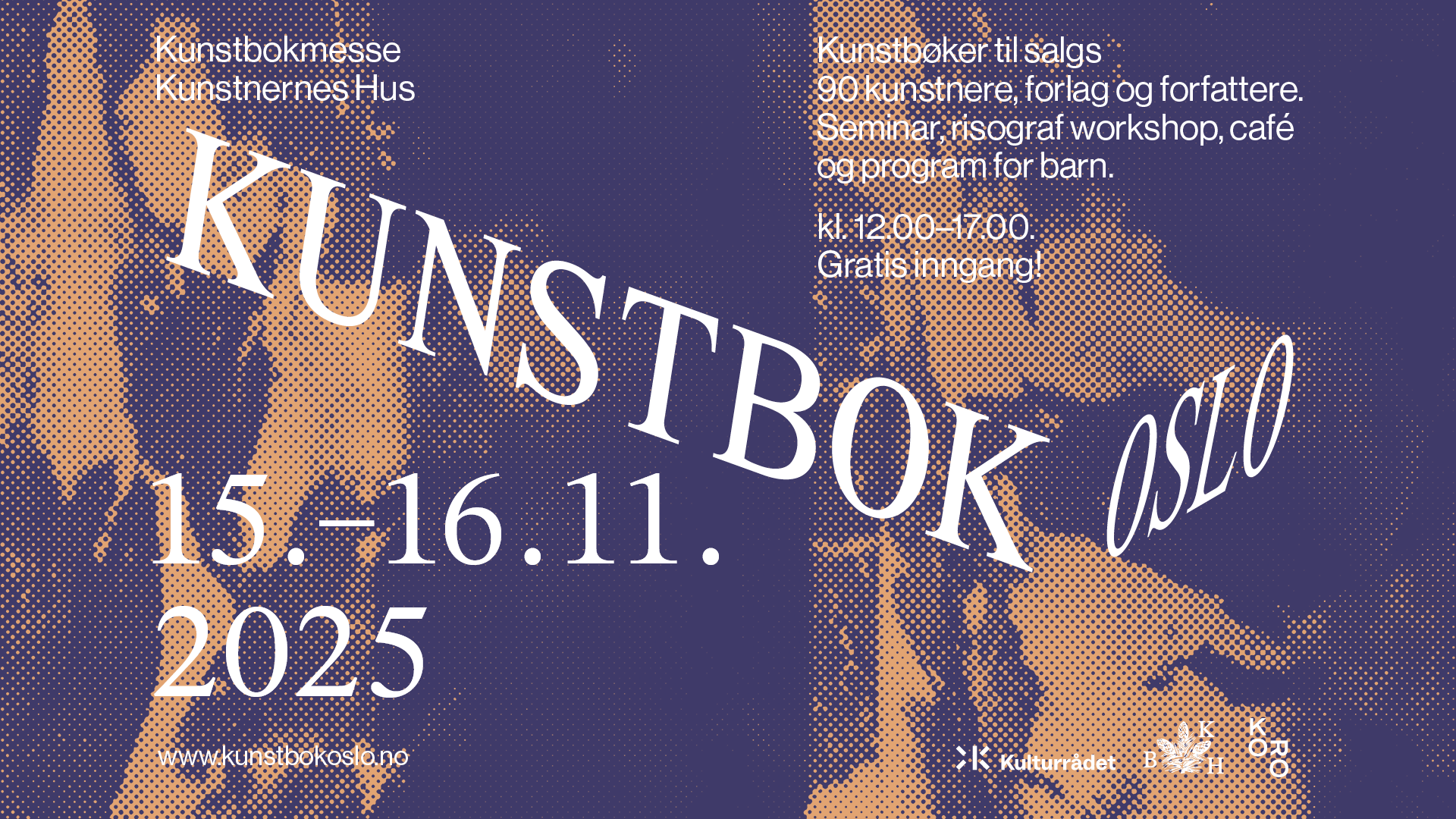
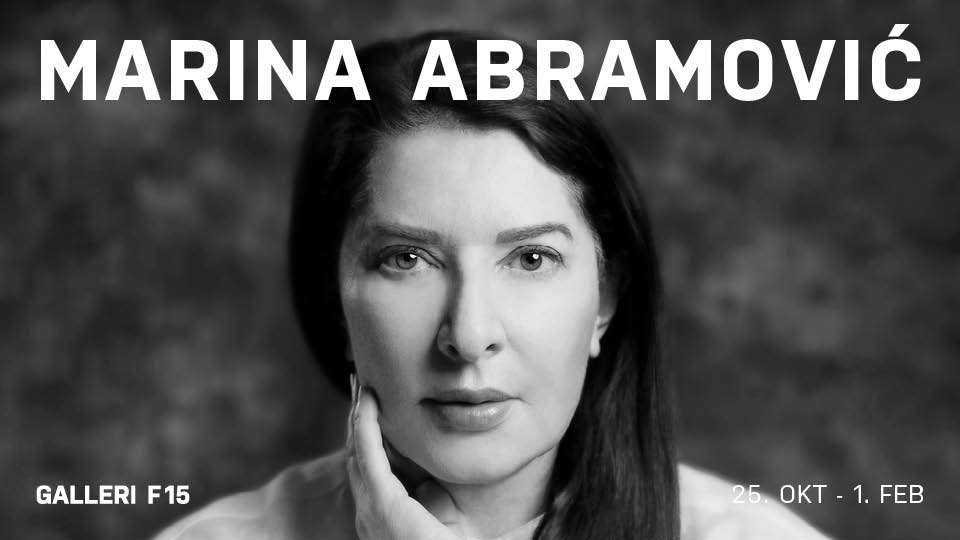
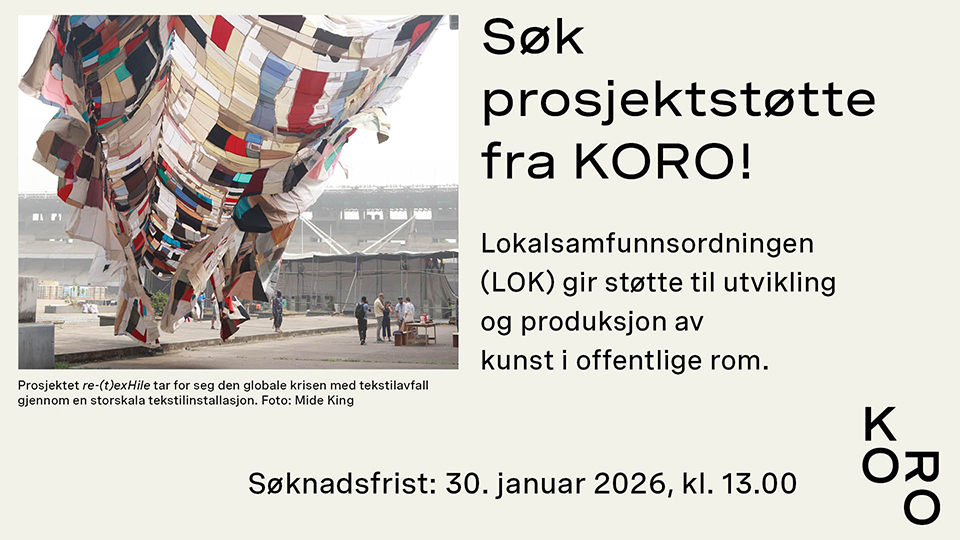
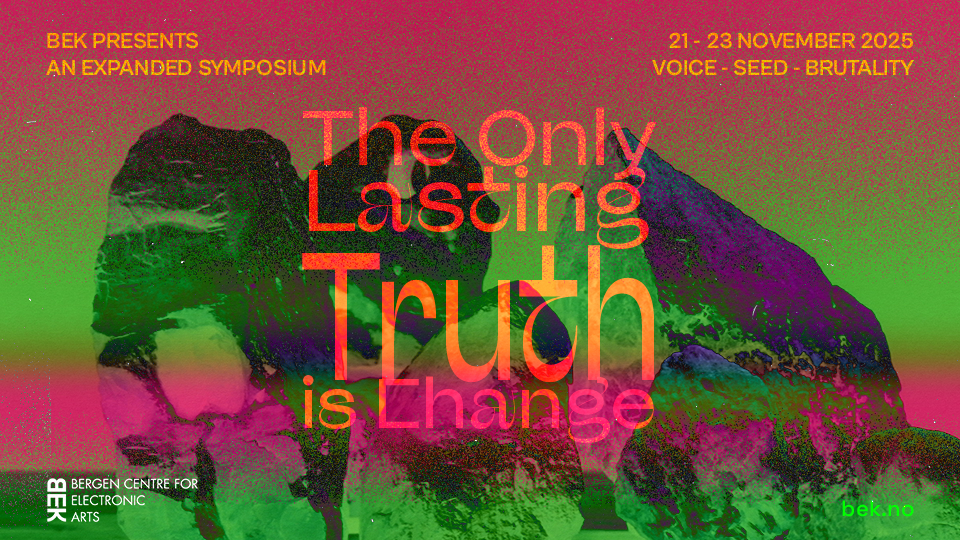
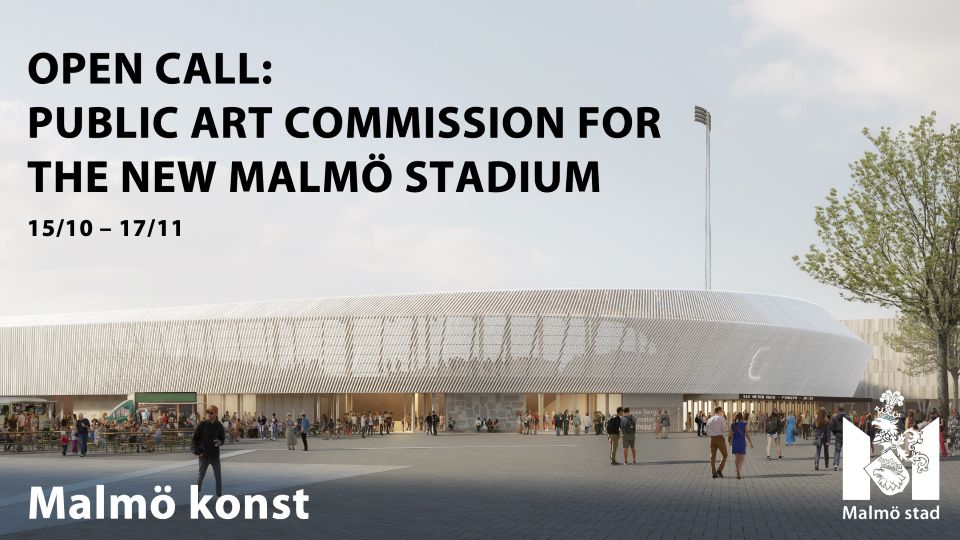
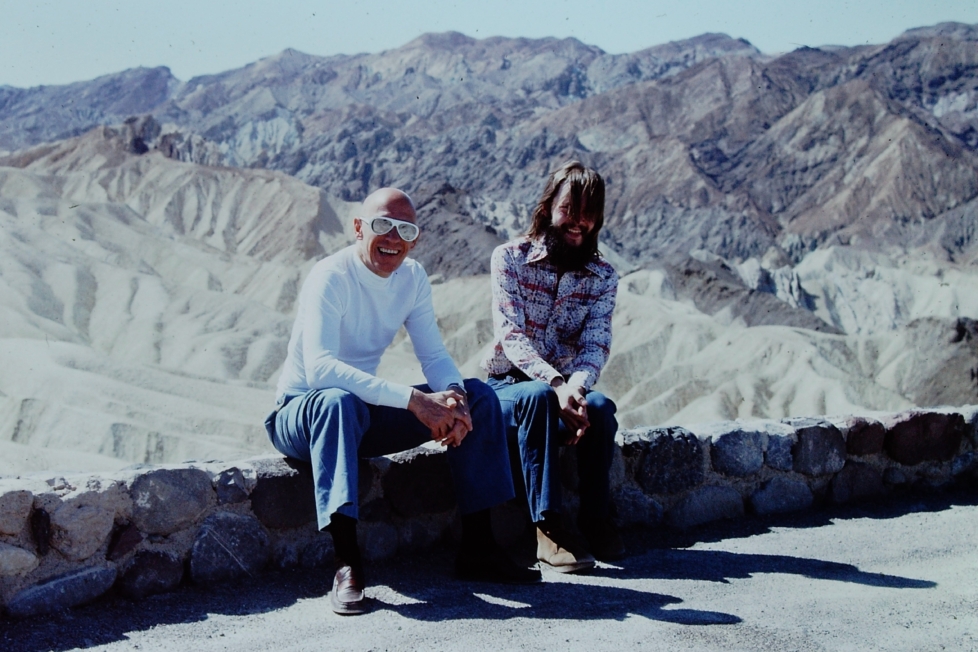
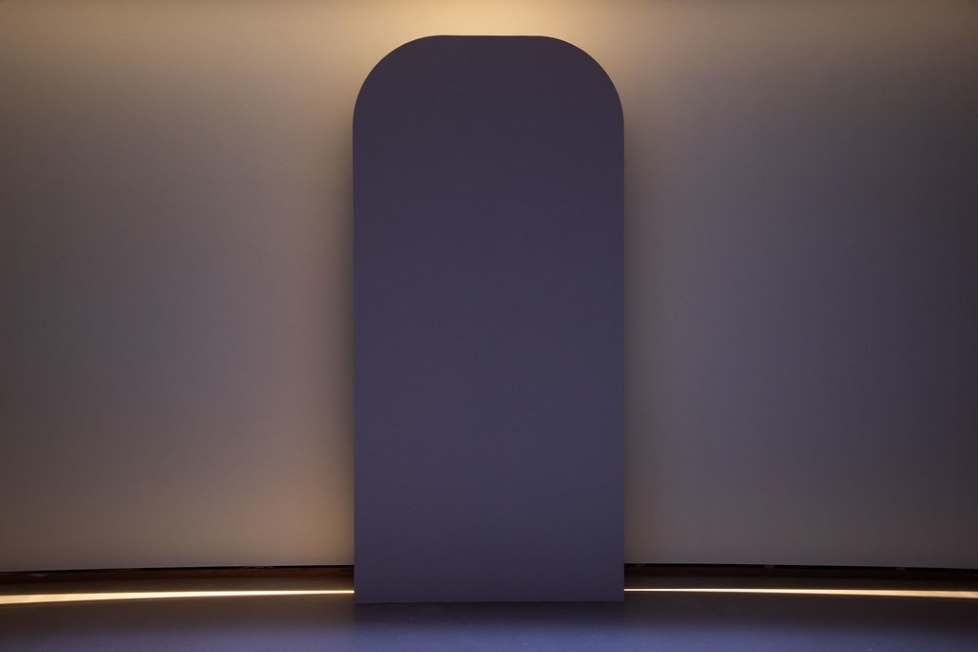
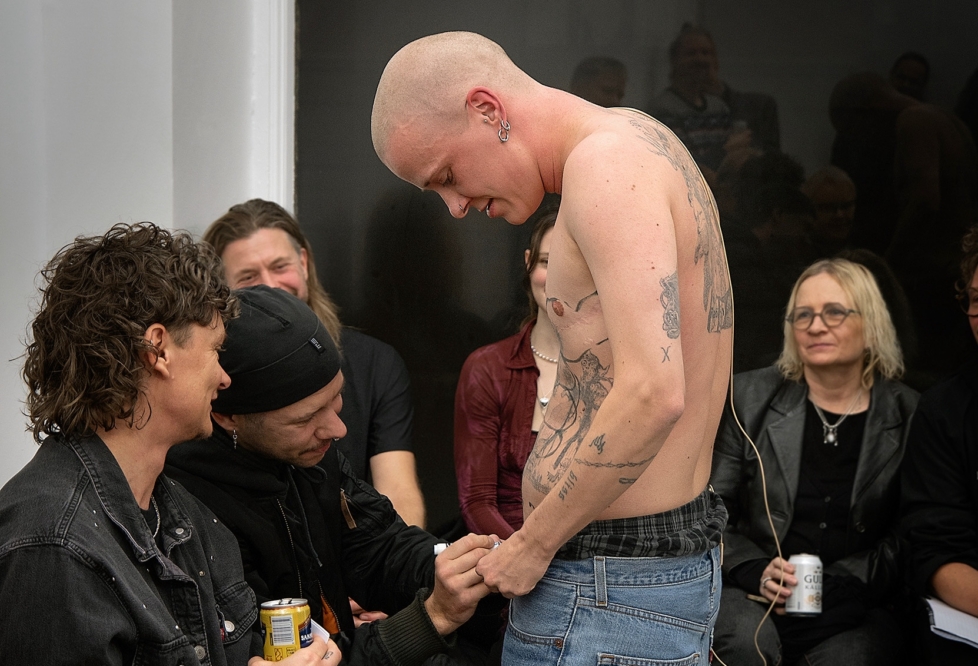
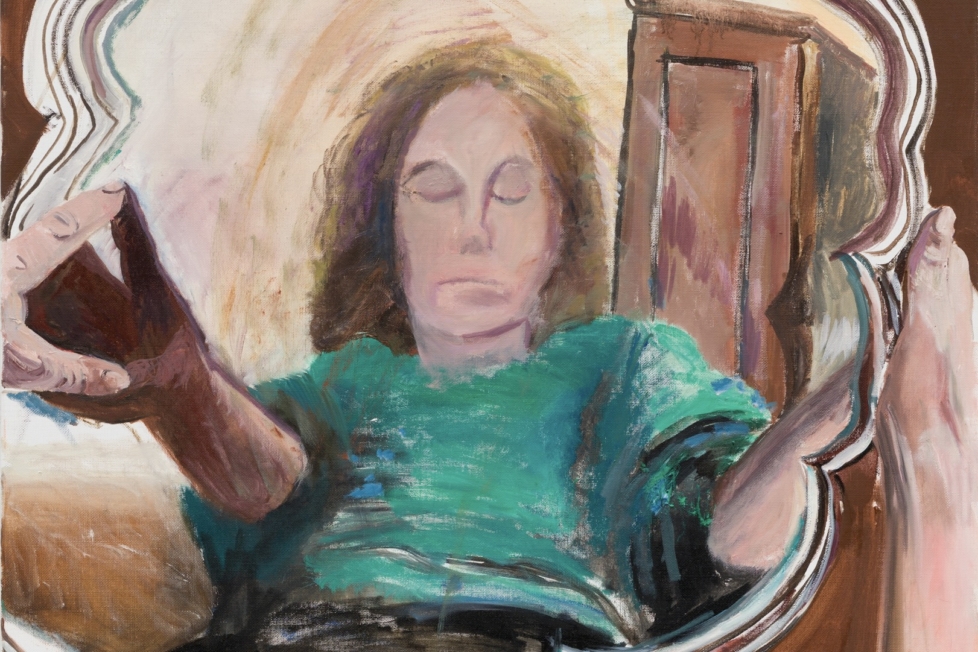
Interesting